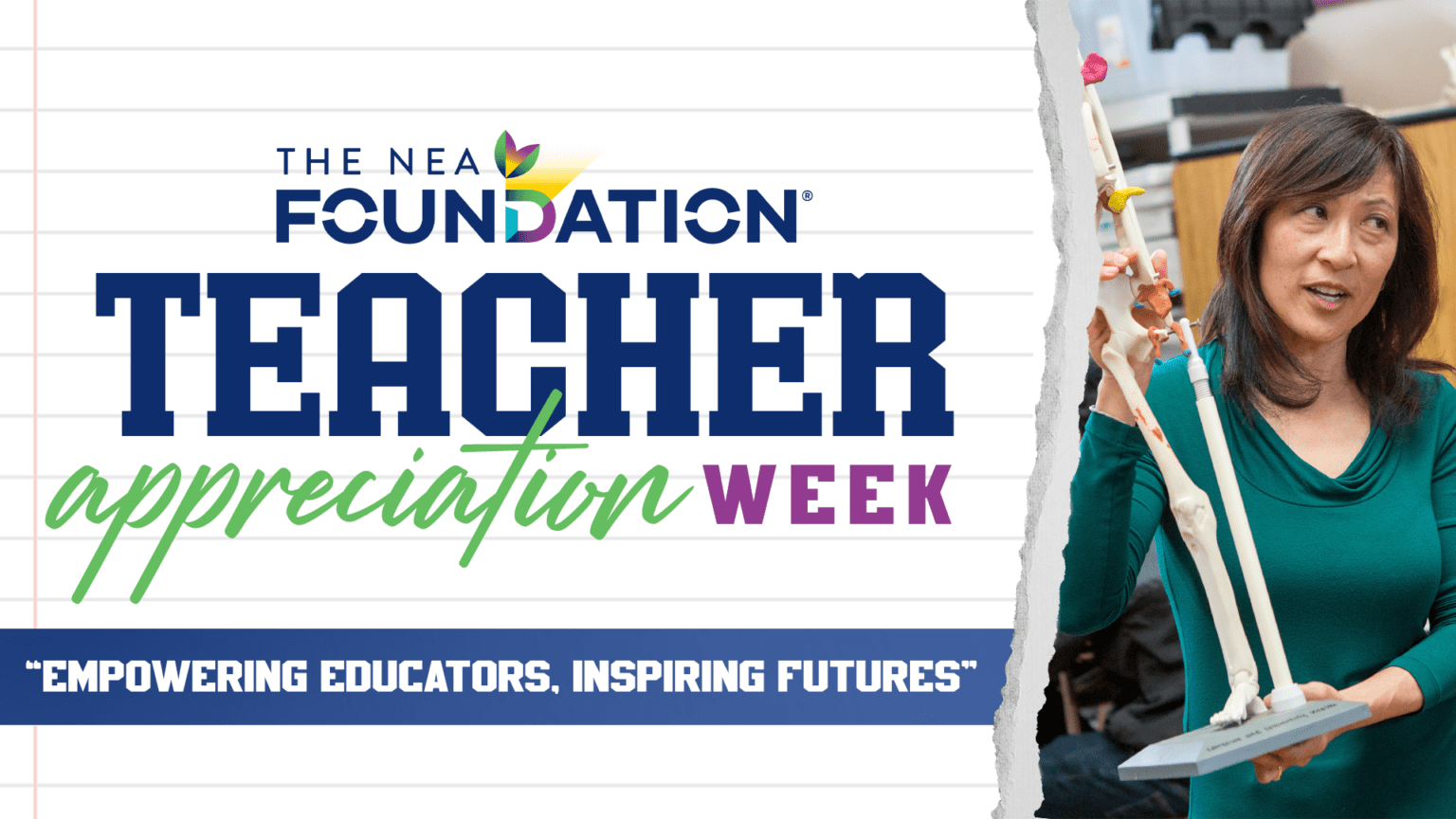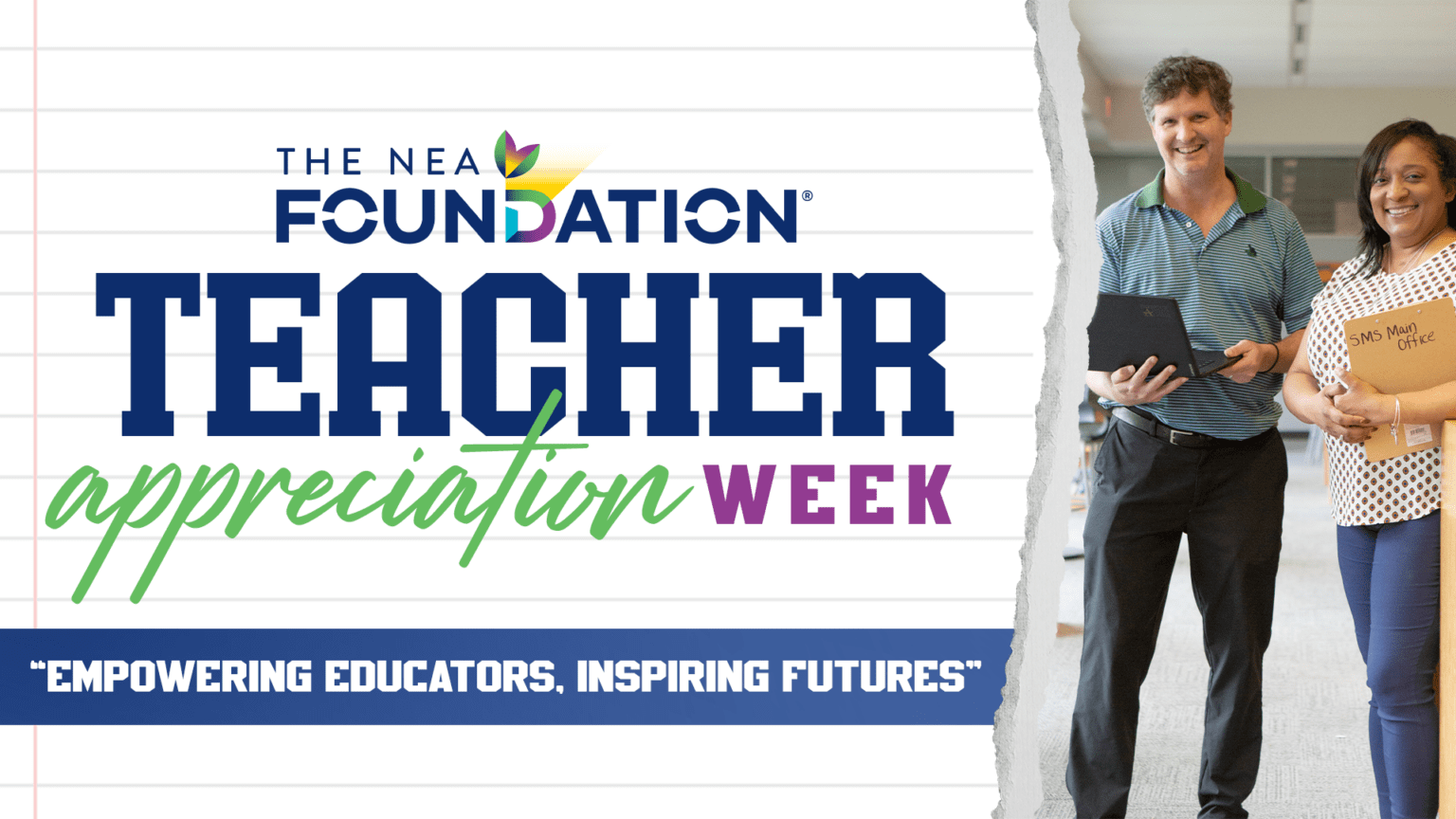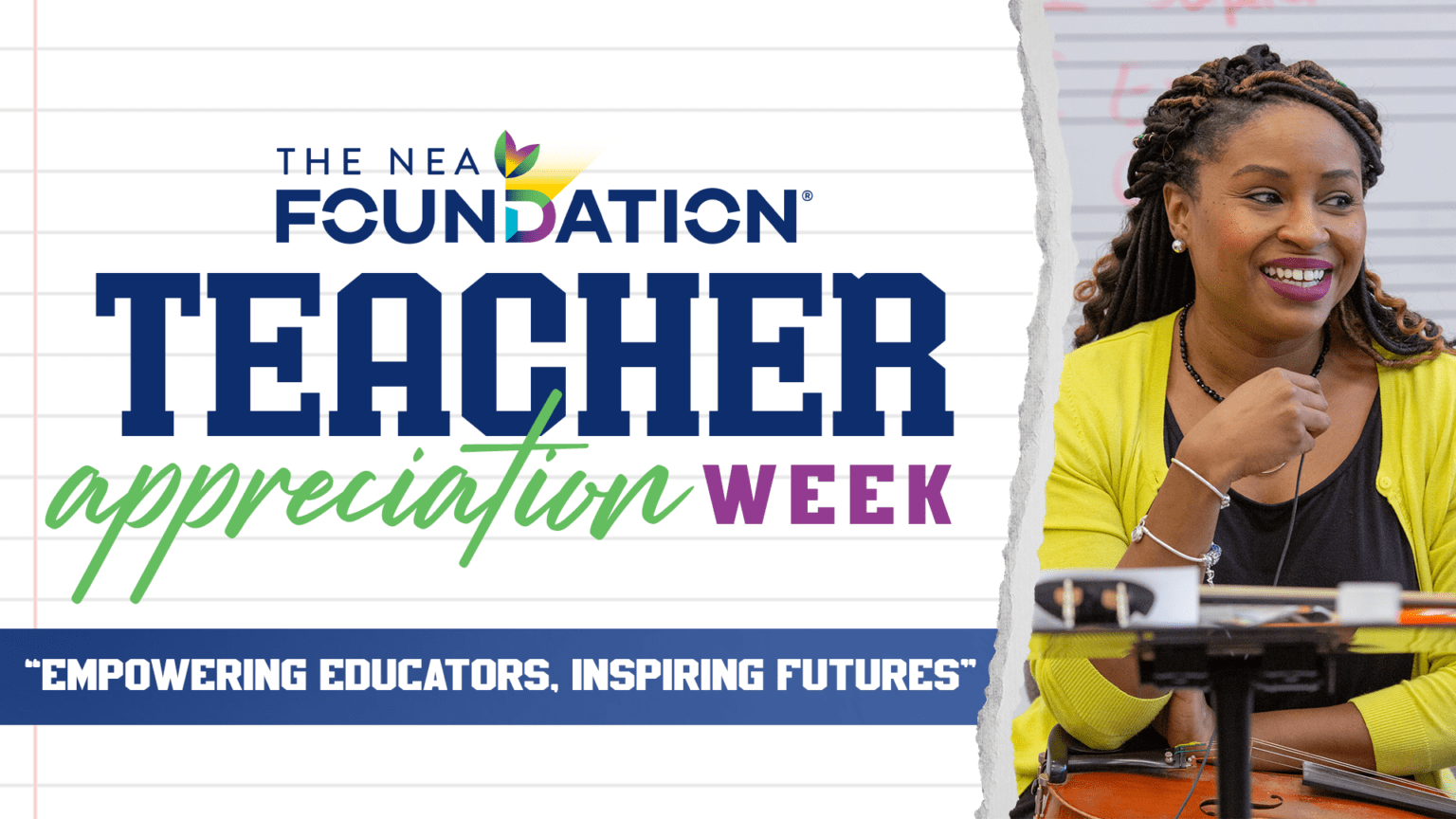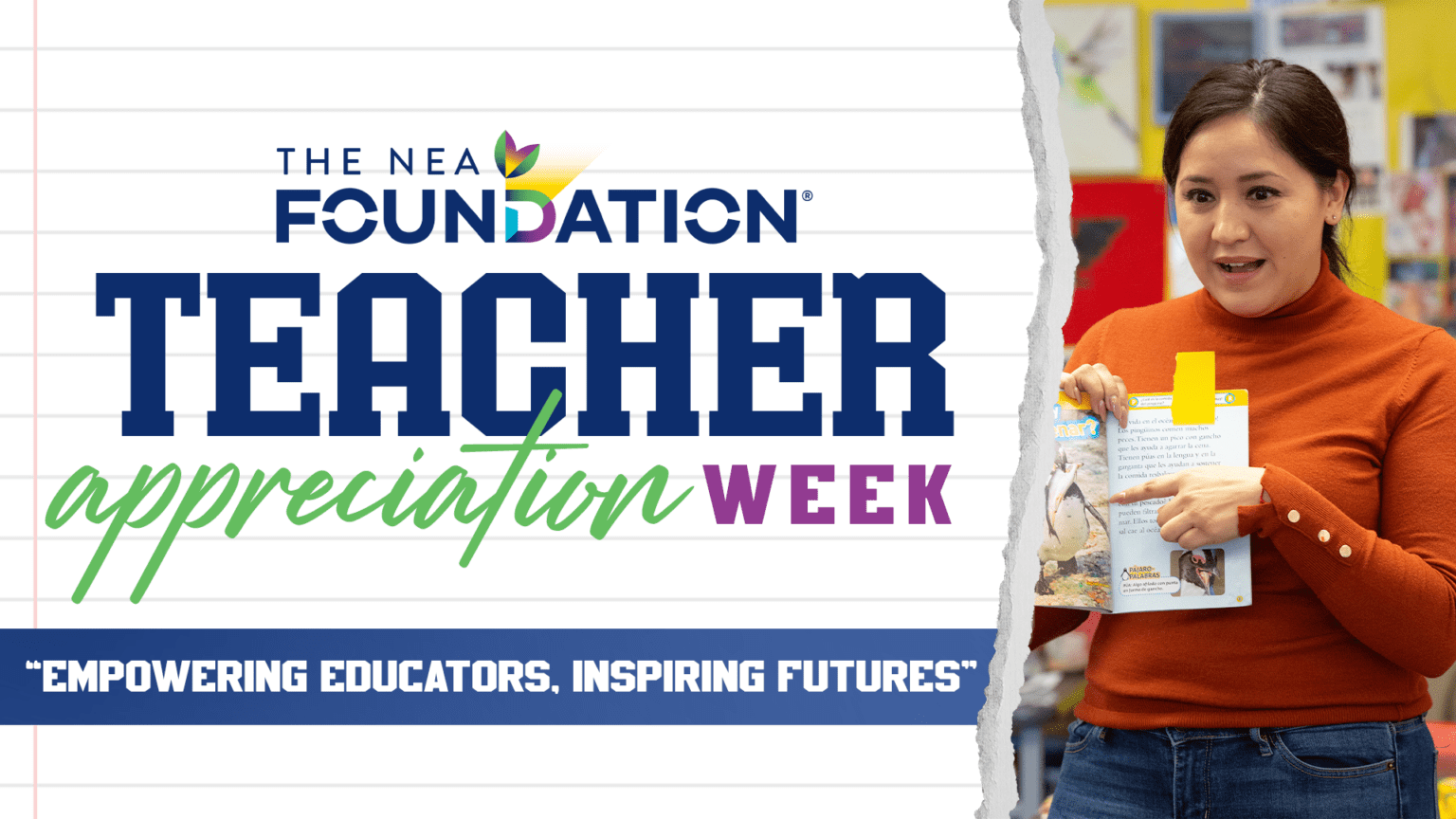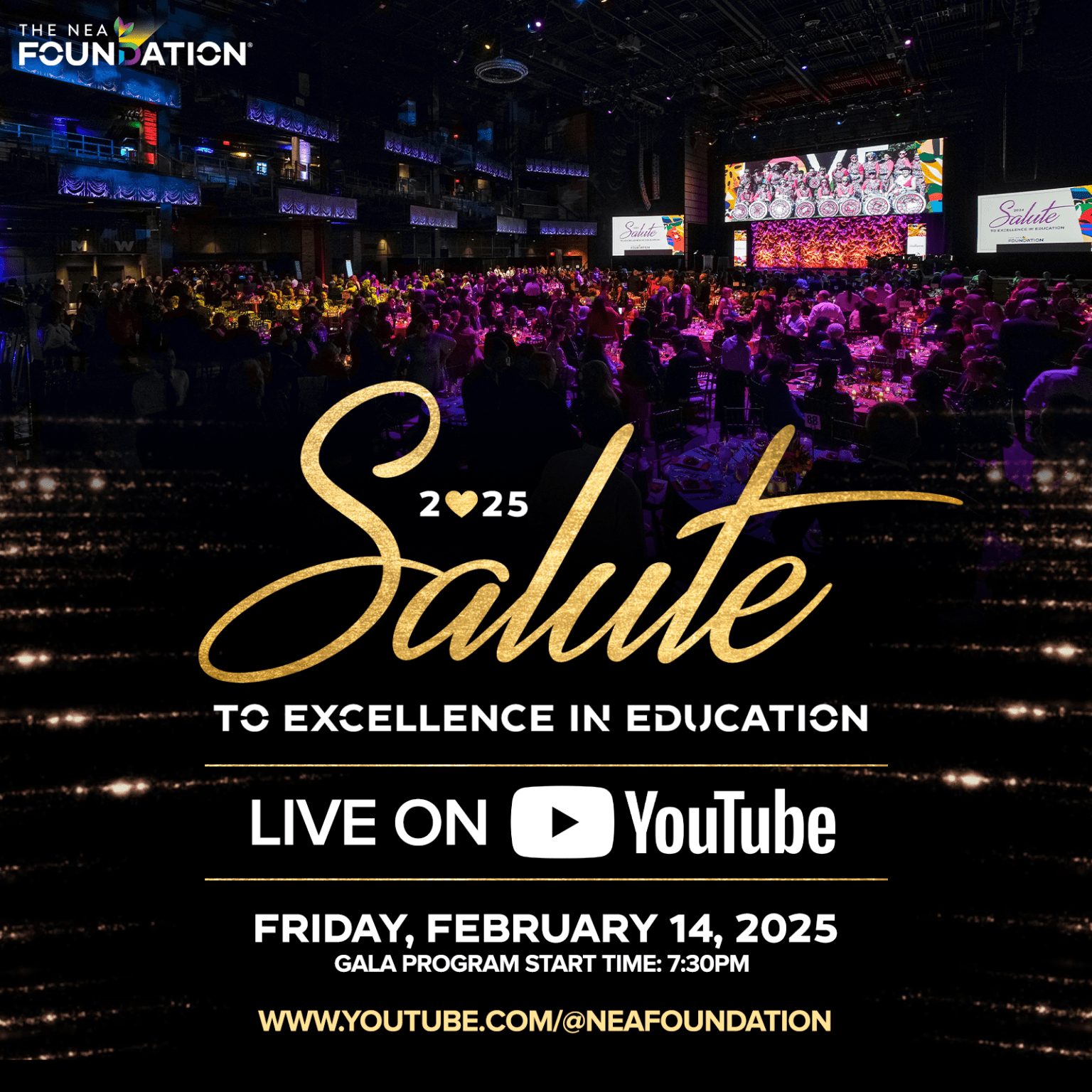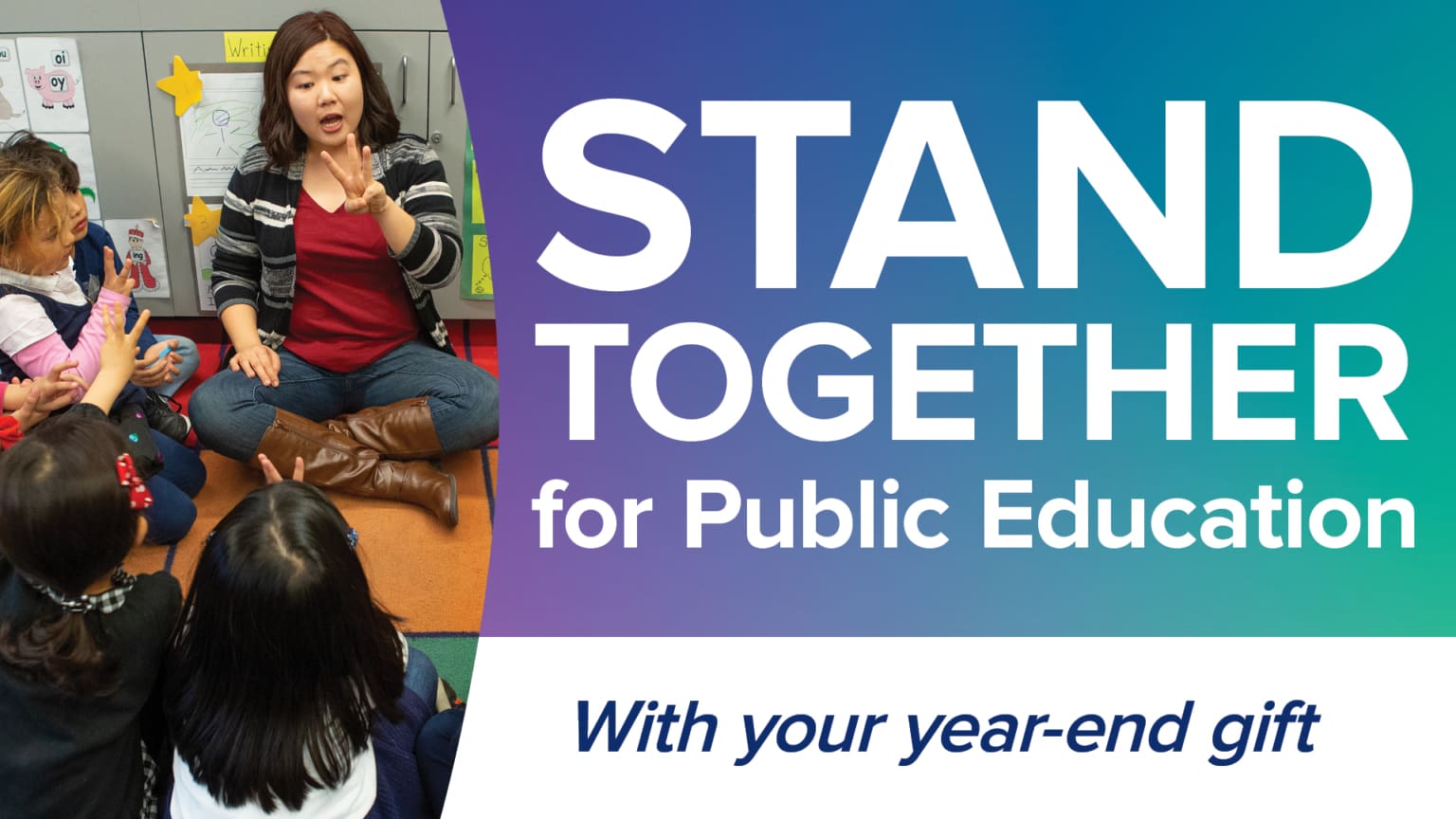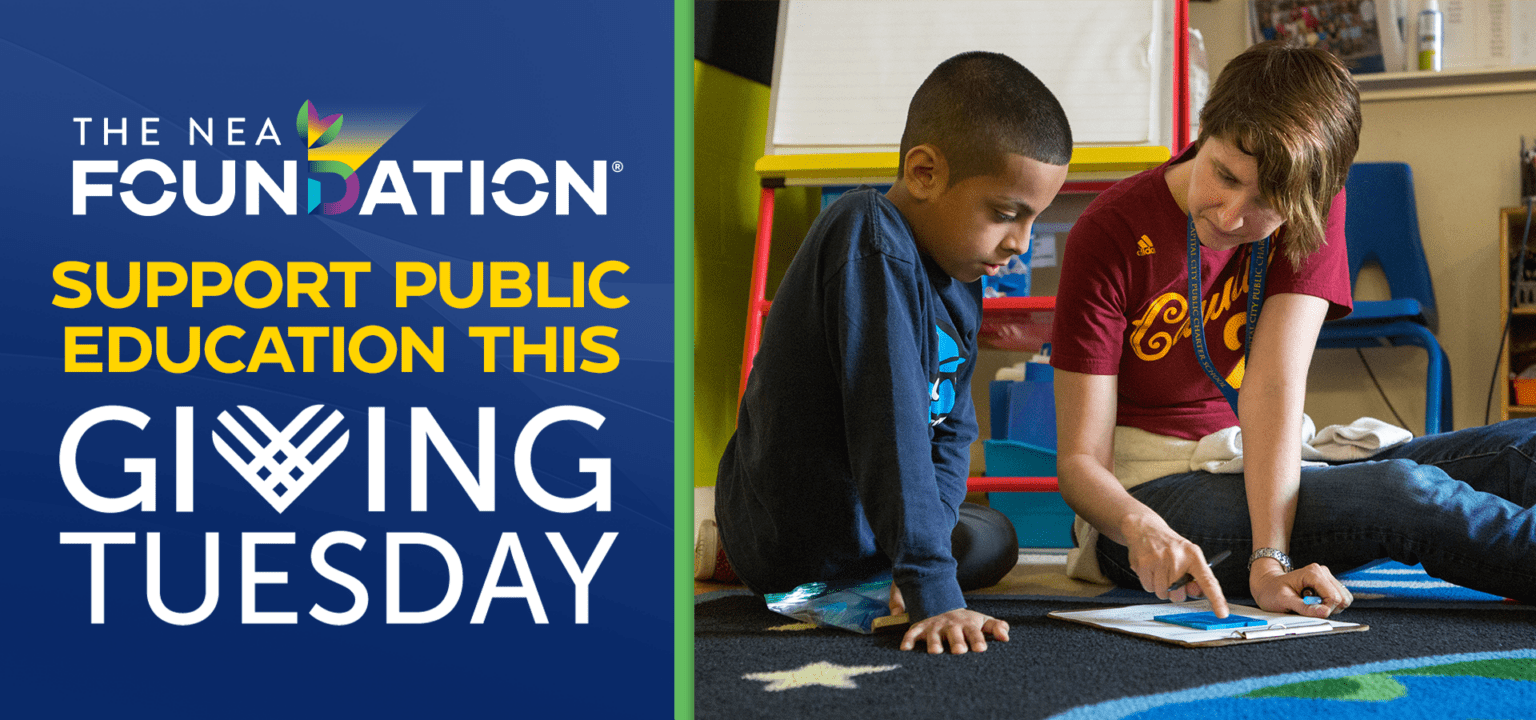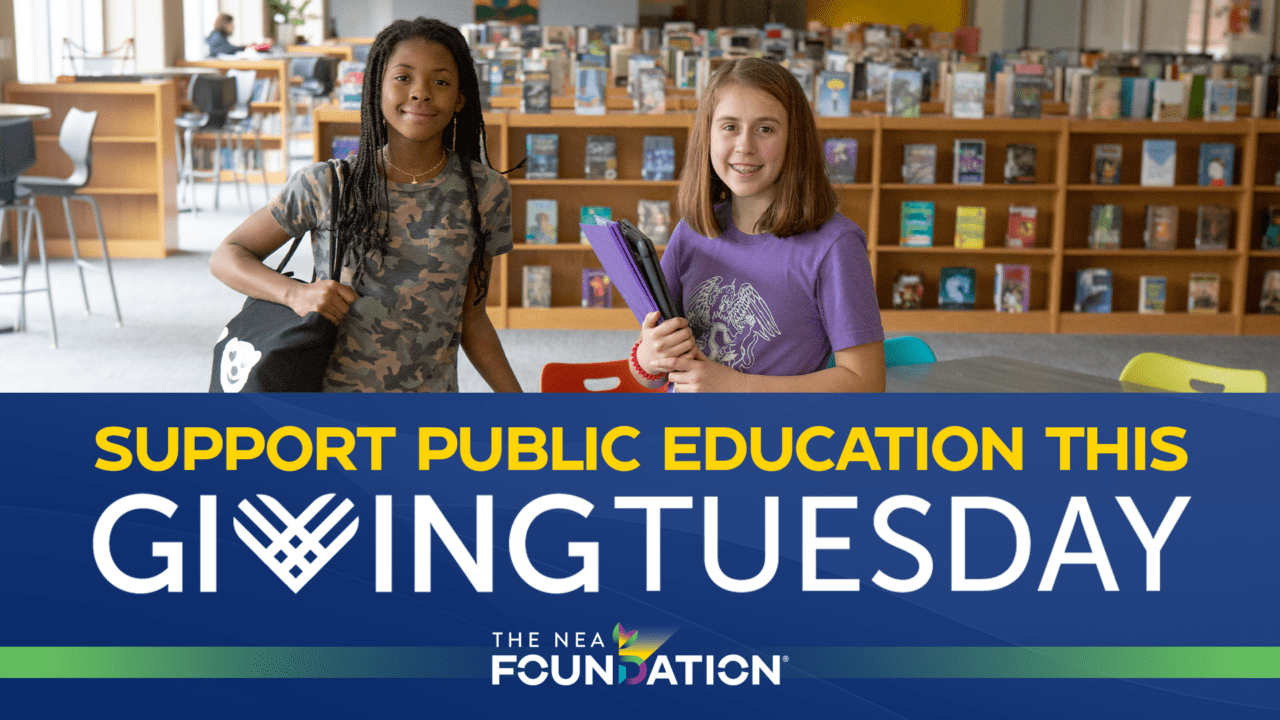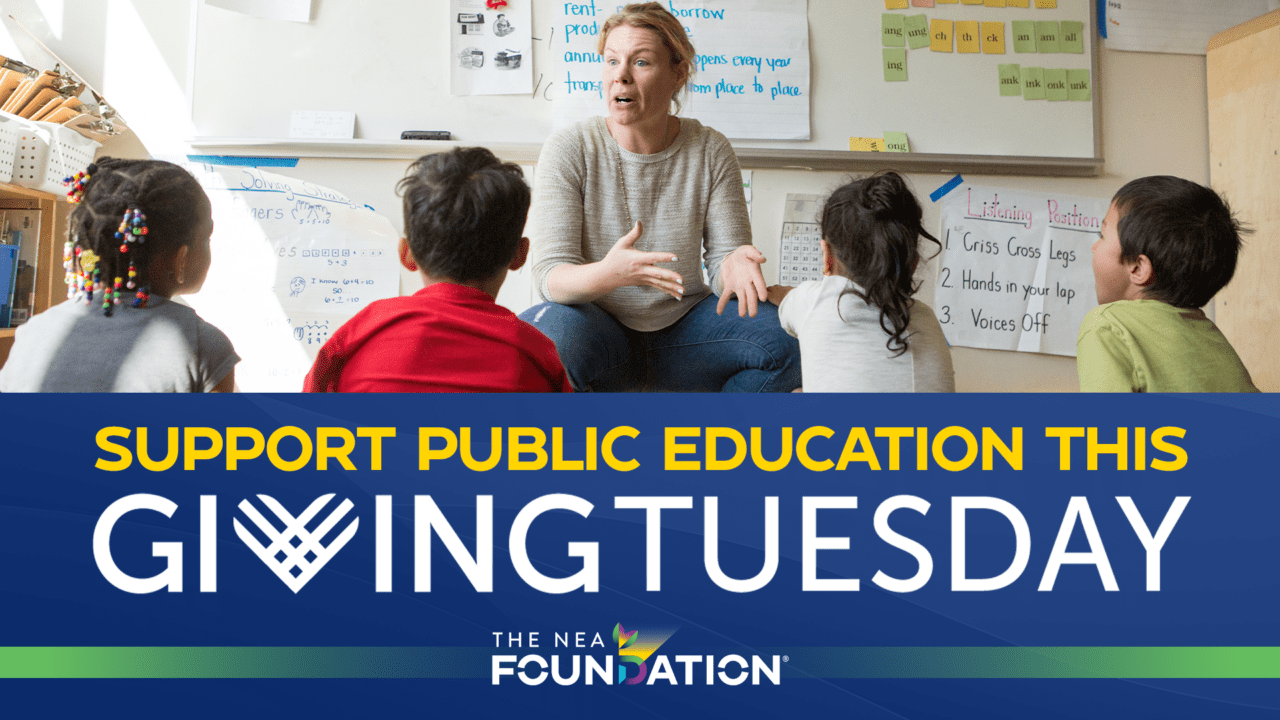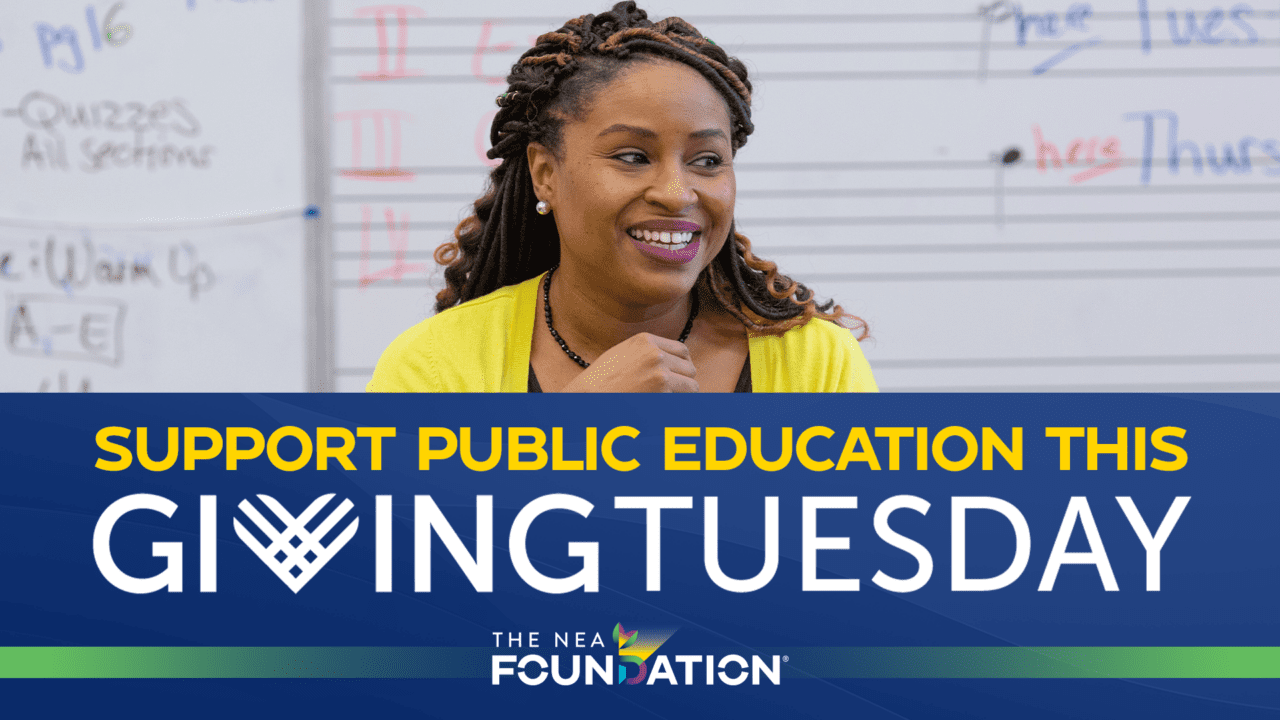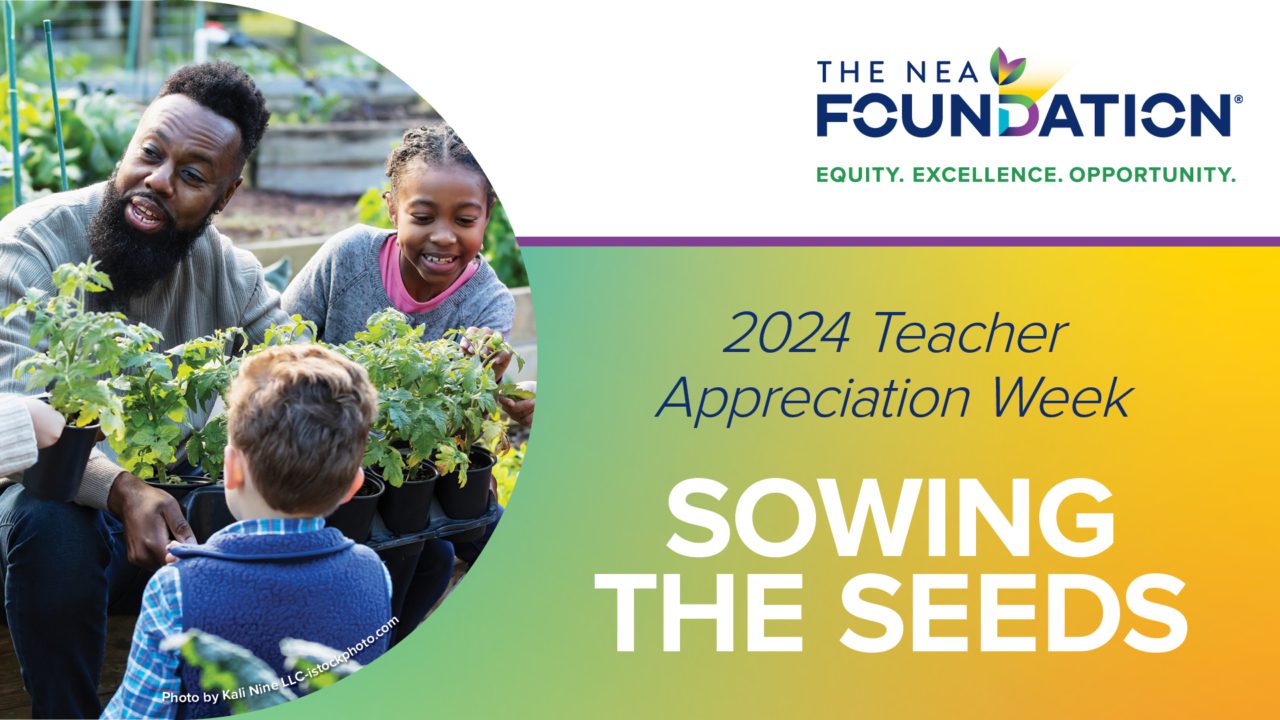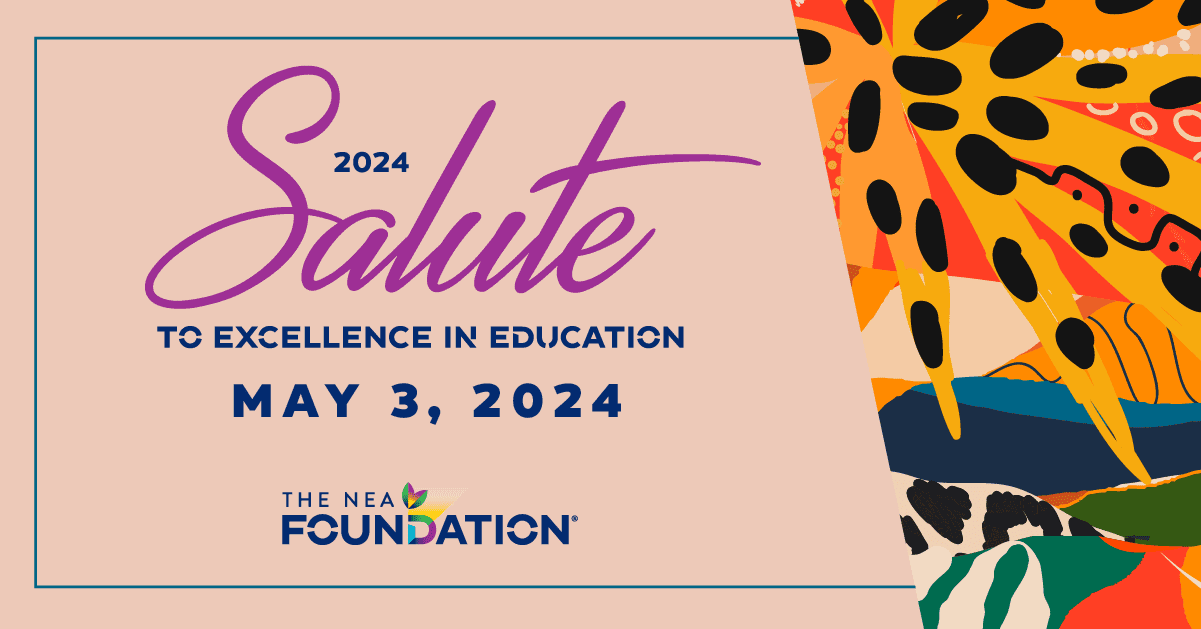
This blog series features the NEA Foundation Global Learning Fellows, a cohort of educators who participated in a year-long supported learning experience on the VIF International Global Gateway platform to build global competency skills. Anne and her cohort will travel to Peru for school visits and field study from June 20-30, so look for updates on Facebook.
By Anne Beranek
2015 Global Learning Fellow and physical education teacher
Iroquois Community School in Des Plaines, Illinois
1. How do you incorporate global ideas or concepts into your classroom?
I felt challenged trying to incorporate global ideas into physical education. At first glance, the two don’t seem to go hand-in-hand. Physical education focuses on movement concepts, game strategy, and health-enhancing fitness, and I had always thought of global competency education in terms of geography, climate and industry. As an NEA Foundation Global Learning Fellow, I learned that global education is much more than playing physical games from different countries or learning about the Olympics. I globalized my classroom by showing students they belong to a community within our school, within their neighborhoods, and within the world, which are all connected and interdependent. Students heard a message of acceptance and tolerance.
2. Why do you feel global competency education is important?
This message ties in perfectly with the National Standards for Physical Education. The Society of Health and Physical Educators, or SHAPE America, has created standards for physical education programs. These standards state that students “exhibit responsible personal and social behavior that respects self and others” and “recognize the value of physical activity for health, enjoyment, challenge, self-expression and/or social interaction.” I achieve these standards with students by teaching them about the world, and by recognizing and celebrating who they are.
3. How do students respond to global learning?
I recently hung a banner of flags in the gym, and labeled each flag so the students could identify the counties represented. That day, a first grader asked, “Where is the flag of Poland?” I realized I hadn’t put up a flag to represent Poland. My first grade student had noticed right away, and he asked me about it every day until I hung the Polish flag among the others. My student taught me that being globally competent meant respecting yourself and others. He reminded me to teach students to embrace their uniqueness and to respect diversity of others.
4. Tell us about a time when students made global connections in your classroom.
We play music from different cultures in class and during school events, like Family Fitness Night. Students felt surprised and excited to hear familiar music from their own cultures.
Download Anne’s free global competency lesson plans, Games Children Play and Music and Wellness, designed for grades 1-5 and on the VIF learning center.

